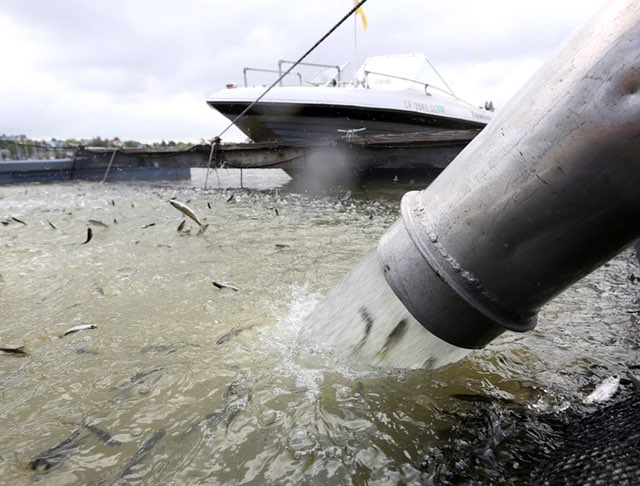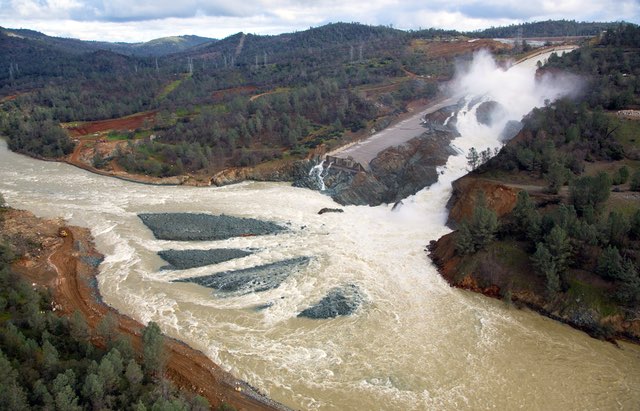From Sportfishing
Fish Report for 12-18-2017
Drought’s Toll on Forests Continues
12-18-2017
Water Deeply
California’s drought may have officially been declared over in the spring, but the effects of the five-year drought are still taking a toll on the state’s forests, new information shows.
Last November, the number of trees that died in California forests since 2010 was estimated by the U.S. Forest Service at 102 million, with 62 million dying in 2016 alone.
The latest aerial survey shows that tree mortality is continuing, although not with the same intensity. The Forest Service reported 27 million trees died in the last year, for a grand total of 129 million since 2010.
“Drought often kills trees indirectly,” reported SCPR. “By depriving them of water, trees become weakened and unable to ward off diseases, fungus or bark beetles, which are always present in the forest but explode in numbers when trees are unable to fight them off.”
Warmer temperatures across the Western U.S. are one of the factors that are contributing to robust populations of bark beetles. Over the past 17 years, bark beetles have decimated 54.3 million acres of forest across the West.
Not Yet Time to Panic About Drought
It’s been a dry month across California and much of the West, which has some worried that drought may be creeping back to California and growing in other states like Arizona.
Right now only a quarter of the West has moderate drought conditions, and another 15 percent is abnormally dry. Virtually all of Arizona is in drought, and in California, it’s 10 percent with moderate drought and 25 percent abnormally dry – all of it concentrated in southern and central California. The average statewide snowpack in California is 37 percent of normal. Warm and dry weather through much of December has caused some concern and, along with high winds, helped stoke Southern California’s recent onslaught of wildfires. Los Angeles has received virtually no rain at all since the start of California’s water year on October 1.
Typically December, January and February are the wettest months in California, but after some November precipitation, December has been a bust. Still, experts say it’s not cause for alarm yet, as California often gets the bulk of its precipitation from only a handful of atmospheric rivers, which can dump a lot of precipitation at once.
California’s Faulty Dams
An investigation by the Sacramento Bee in the wake of Lake Oroville’s near failure in February has found that, while dam inspections are timely, repairs are often not.
The paper reported that “owners of some of California’s most important dams – those whose failure could cause residents downstream to lose their lives – often allow deficiencies to linger for years – even though these shortcomings get cited repeatedly in annual inspection reports.”
The findings reveal that many of the problems are small, but over time they add up, and each increases the risk of something going wrong. Issues documented included vegetation that needed to be removed from spillways, corroded equipment, broken sensors, damaged concrete and high seepage.
< Previous Report Next Report >
More Reports

5-22-2017
Climate change is the single biggest threat to native salmonids in California, according to a new study from California Trout...... Read More

3-30-2017
TO UNDERSTAND HOW climate change is creating a world of extremes, look to California, where the reality of severe drought coupled...... Read More

Website Hosting and Design provided by TECK.net